Last Updated on March 23, 2021
Expectations: Most of the time, when I have high expectations for a place and a certain idea in my head of what it is going to be like, it doesn’t turn out that way at all. Sucre was one of these places for us. We had heard great things about the city – tales of scrumptious vegetarian food, a laid-back vibe, gorgeous architecture and finally: a town that wasn’t at 4,000m (13,100ft) altitude, which would make it much easier to enjoy the city and not being out of breath after just a few meters. Sucre was actually going to be the only city below 4,000m we’d visit in Bolivia. We couldn’t wait to visit Sucre.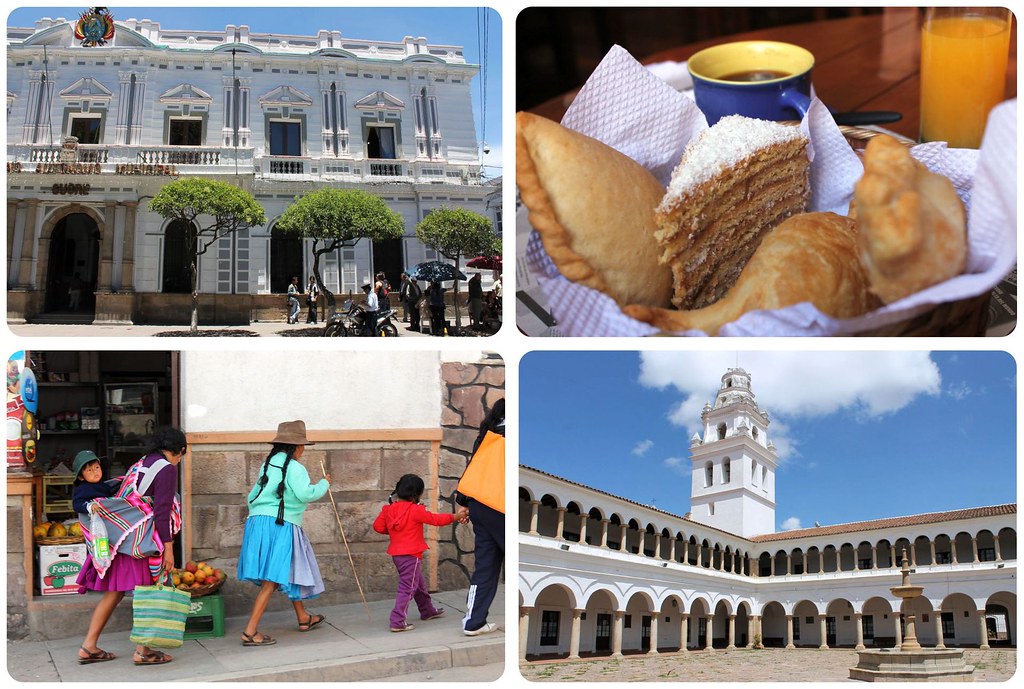 But Sucre didn’t turn out the way we expected. Don’t get me wrong, the city does have all the neat features we were told about. It’s not Sucre’s fault at all that we had a hard time there. Quite the opposite – the city did everything it could to charm us, and our time there started out well – with pleasant strolls down the streets, along the pretty white houses and across the well-kept main plaza. It felt glorious not to be left breathless with every step like we were in Potosí (due to the altitude)– at least for the first few days. Later on, I could barely walk down the street.
But Sucre didn’t turn out the way we expected. Don’t get me wrong, the city does have all the neat features we were told about. It’s not Sucre’s fault at all that we had a hard time there. Quite the opposite – the city did everything it could to charm us, and our time there started out well – with pleasant strolls down the streets, along the pretty white houses and across the well-kept main plaza. It felt glorious not to be left breathless with every step like we were in Potosí (due to the altitude)– at least for the first few days. Later on, I could barely walk down the street. We had both already felt sick in Potosí, and now that we were finally in a place where we could spend a few weeks catching up with work without ruining our laptops, we felt worse with each day we spent here. Did you know that laptops have a maximum operating altitude? We certainly didn’t, but it turned out that Sucre, at 9,220ft / 2,810meters was the only place in Bolivia where we were below the maximum operating altitude of our laptops (which is just under 10,000ft / 3,000meters).
We had both already felt sick in Potosí, and now that we were finally in a place where we could spend a few weeks catching up with work without ruining our laptops, we felt worse with each day we spent here. Did you know that laptops have a maximum operating altitude? We certainly didn’t, but it turned out that Sucre, at 9,220ft / 2,810meters was the only place in Bolivia where we were below the maximum operating altitude of our laptops (which is just under 10,000ft / 3,000meters). 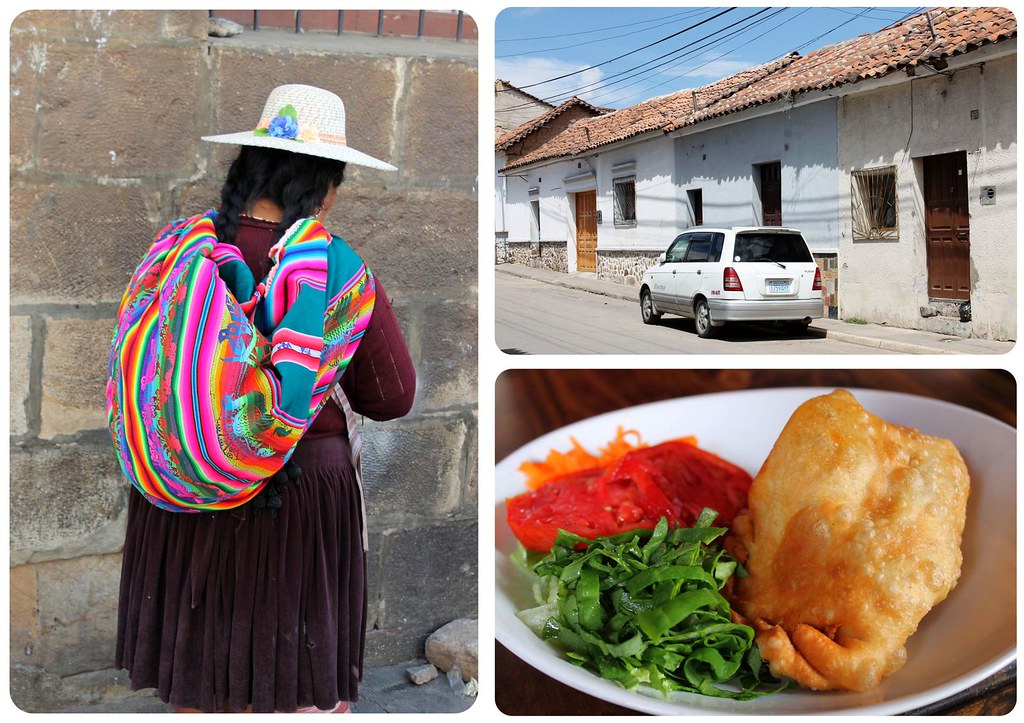 We loved our first couple of days in town when we were still able to wander the streets of the gorgeous historic center, which gives the city its fitting nickname – the White City, thanks to all the white buildings and churches. Founded by the Spanish in 1538, Sucre is laid out like most Spanish-colonial towns in Latin America, with a large main square and the streets around it organized in a grid.
We loved our first couple of days in town when we were still able to wander the streets of the gorgeous historic center, which gives the city its fitting nickname – the White City, thanks to all the white buildings and churches. Founded by the Spanish in 1538, Sucre is laid out like most Spanish-colonial towns in Latin America, with a large main square and the streets around it organized in a grid. The whitewashed houses with their meticulously placed red roof tiles, the beautiful bright white churches and the palm trees lining the several town squares reminded me a lot of the little towns in Andalucia in Southern Spain.
The whitewashed houses with their meticulously placed red roof tiles, the beautiful bright white churches and the palm trees lining the several town squares reminded me a lot of the little towns in Andalucia in Southern Spain.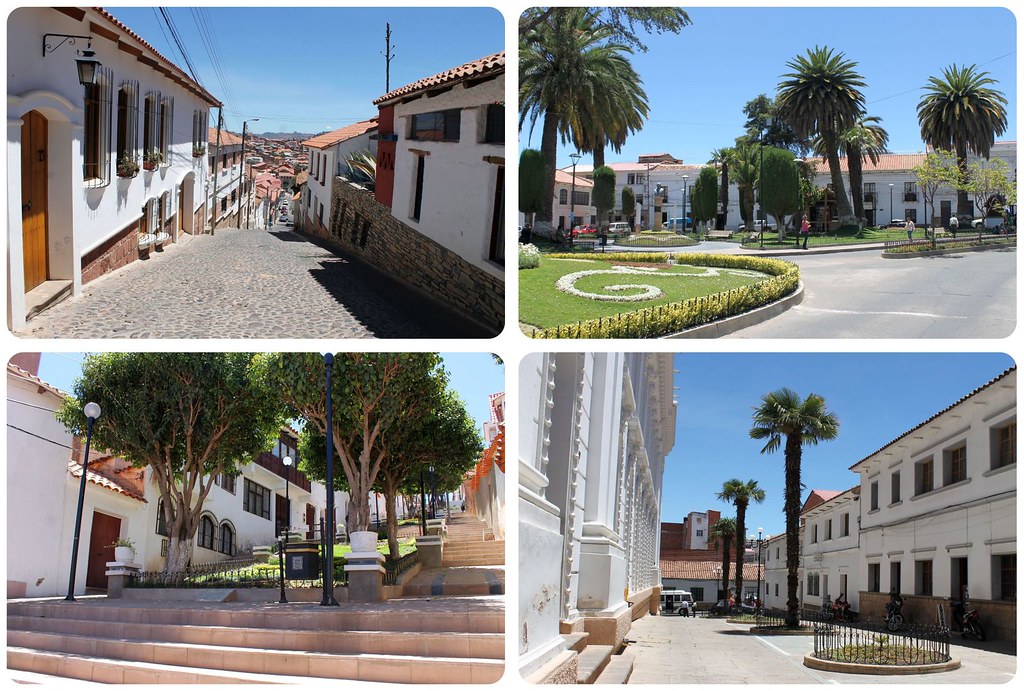 Even though Sucre is the constitutional capital of Bolivia (the government seat is La Paz), it felt more like a small provincial town, especially in the historic center. When you venture beyond the historic center, you’ll notice that the newer parts of town are a bit more chaotic, less pretty and less white, and not as well preserved as the a UNESCO World Heritage site declared historic center, but still charming and safe to explore.
Even though Sucre is the constitutional capital of Bolivia (the government seat is La Paz), it felt more like a small provincial town, especially in the historic center. When you venture beyond the historic center, you’ll notice that the newer parts of town are a bit more chaotic, less pretty and less white, and not as well preserved as the a UNESCO World Heritage site declared historic center, but still charming and safe to explore. After weeks of mediocre food (with few exceptions) and accommodations, we felt like we were in heaven in Sucre: enough vegetarian and vegetarian-friendly restaurants to make it hard on us to choose one for each meal, and a hostel that was pretty much perfect (a detailed review of Casarte Takubamba is can be found here), a movie theater with English-speaking movies just down the road from where we were staying, one of the cleanest markets we’d seen in South America thus far, and even good coffee (surprisingly, a rare find in most of Latin America!). For these things alone you should visit Sucre, especially if you’re on a long-term trip through South America.
After weeks of mediocre food (with few exceptions) and accommodations, we felt like we were in heaven in Sucre: enough vegetarian and vegetarian-friendly restaurants to make it hard on us to choose one for each meal, and a hostel that was pretty much perfect (a detailed review of Casarte Takubamba is can be found here), a movie theater with English-speaking movies just down the road from where we were staying, one of the cleanest markets we’d seen in South America thus far, and even good coffee (surprisingly, a rare find in most of Latin America!). For these things alone you should visit Sucre, especially if you’re on a long-term trip through South America. Not soon after arriving though, our sickness took a turn for the worse. We both knew that we had a stomach bug, and went to get some antibiotics in the pharmacy. Still not better after five days, we decided to go ahead and buy some parasite killers, having read too many horror stories about parasites contracted in Bolivia. Instead of feeling better, I still got worse. When I couldn’t drag myself out of bed until 3.30pm one day, I realized that I had to see a doctor. What followed was hell: Four days of twice-a-day treatments with IVs, antibiotics and injections in my butt, after being diagnosed with tonsillitis and a lung infection in my right lung in addition to my stomach bug. The doctor’s bill nearly made me faint, especially considering that we were in Bolivia (one of the cheapest countries in Latin America) – but the doctor, a business-savvy well-traveled elderly man who thought that every gringa had to be rich, took advantage of the miserable state I was in and added a not insignificant amount to his pension fund through our daily sessions.
Not soon after arriving though, our sickness took a turn for the worse. We both knew that we had a stomach bug, and went to get some antibiotics in the pharmacy. Still not better after five days, we decided to go ahead and buy some parasite killers, having read too many horror stories about parasites contracted in Bolivia. Instead of feeling better, I still got worse. When I couldn’t drag myself out of bed until 3.30pm one day, I realized that I had to see a doctor. What followed was hell: Four days of twice-a-day treatments with IVs, antibiotics and injections in my butt, after being diagnosed with tonsillitis and a lung infection in my right lung in addition to my stomach bug. The doctor’s bill nearly made me faint, especially considering that we were in Bolivia (one of the cheapest countries in Latin America) – but the doctor, a business-savvy well-traveled elderly man who thought that every gringa had to be rich, took advantage of the miserable state I was in and added a not insignificant amount to his pension fund through our daily sessions. Our visit to Sucre could have been great, but being sick for so long dampened our mood and in the end we were both more than ready to leave. We still managed to visit the pleasant cemetery with its ornate mausoleums and grand tombs from the 18th and 19th century, a popular hang-out spot for young couples and students because of its peaceful feel.
Our visit to Sucre could have been great, but being sick for so long dampened our mood and in the end we were both more than ready to leave. We still managed to visit the pleasant cemetery with its ornate mausoleums and grand tombs from the 18th and 19th century, a popular hang-out spot for young couples and students because of its peaceful feel.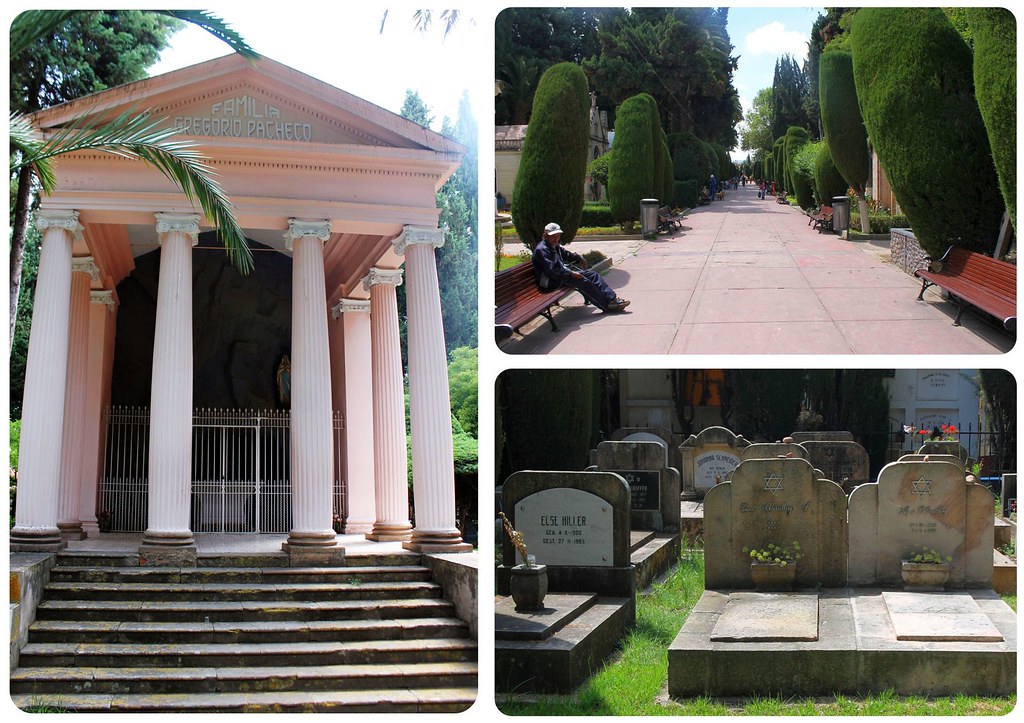 We saw a couple of movies at the cinema (on Wednesdays you get 2 tickets for 30BOBs/US$4.34! The cinema is in Calle Perez above the supermarket), and visited Simon Bolivar Park which was teeming with locals and stray dogs alike – we fell for one particular puppy there, and several other dogs we ‘met’ around town, adding to the number of times we were heartbroken because of a dog!
We saw a couple of movies at the cinema (on Wednesdays you get 2 tickets for 30BOBs/US$4.34! The cinema is in Calle Perez above the supermarket), and visited Simon Bolivar Park which was teeming with locals and stray dogs alike – we fell for one particular puppy there, and several other dogs we ‘met’ around town, adding to the number of times we were heartbroken because of a dog!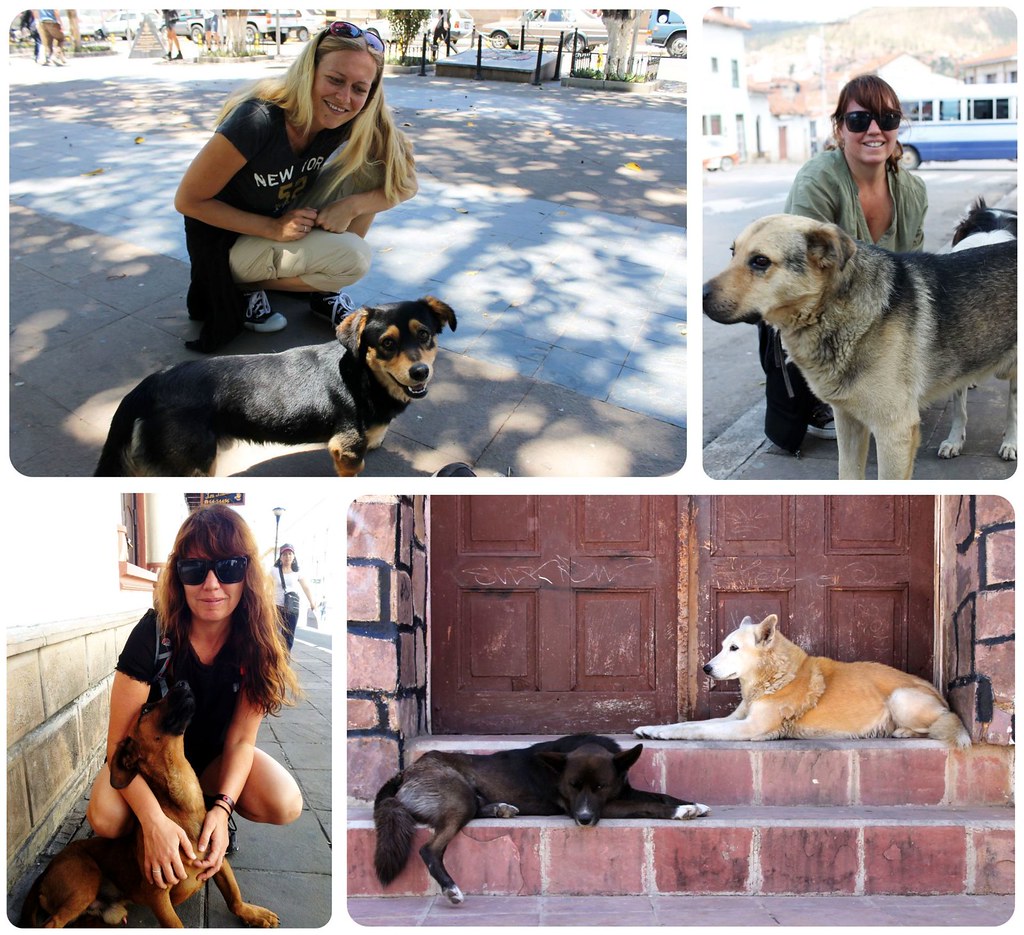 We also walked up to the Recoleta Mirador for the lovely views over the city and enjoyed a couple of exquisite Saturday brunches at the Dutch café Flavour. However, we didn’t make it out to the Parque Cretacico, even though this dinosaur park with several preserved dinosaur footprints was high on the list of things we wanted to do in Sucre, and also skipped the many museums.
We also walked up to the Recoleta Mirador for the lovely views over the city and enjoyed a couple of exquisite Saturday brunches at the Dutch café Flavour. However, we didn’t make it out to the Parque Cretacico, even though this dinosaur park with several preserved dinosaur footprints was high on the list of things we wanted to do in Sucre, and also skipped the many museums. The much anticipated excursion to Tarabuco, an indigenous village about 64 kilometers south west of Sucre famous for its Sunday market, was disappointing. We dragged ourselves on the bus out there even though we were still sick, but we didn’t find the market any more special than other markets (and not cheaper, either), and the locals didn’t seem particularly fond of the tourists.
The much anticipated excursion to Tarabuco, an indigenous village about 64 kilometers south west of Sucre famous for its Sunday market, was disappointing. We dragged ourselves on the bus out there even though we were still sick, but we didn’t find the market any more special than other markets (and not cheaper, either), and the locals didn’t seem particularly fond of the tourists.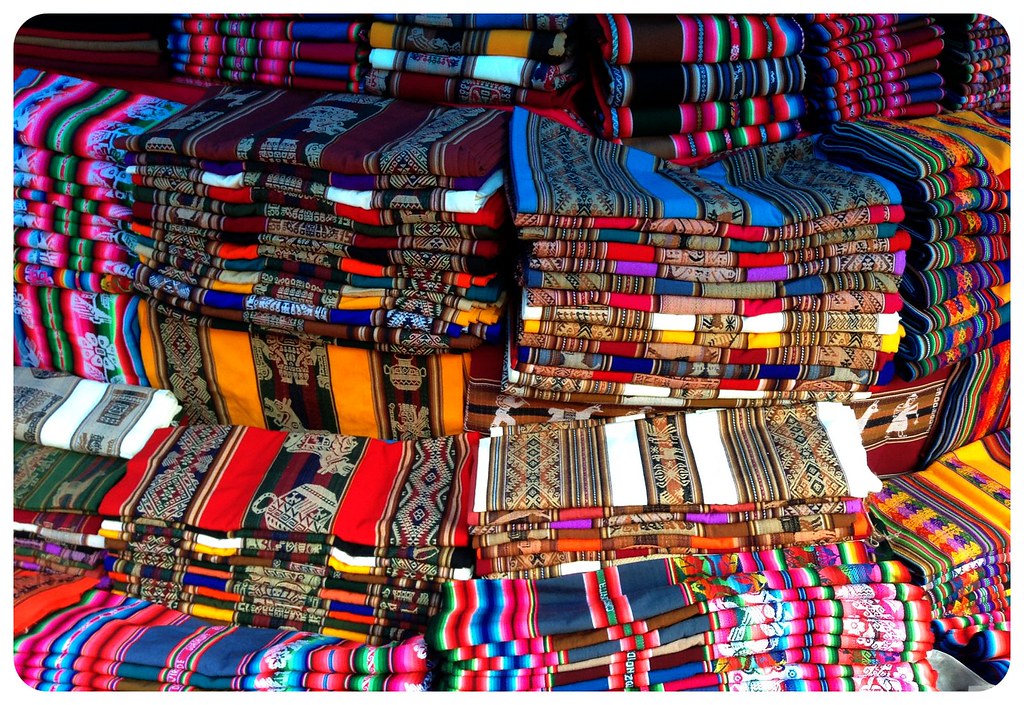 I think that if we had been both healthy and not fighting a horrible illness, we would have loved Sucre, and spent much longer there. For digital nomads like us, it is easy to rent cheap short-term apartments and for people who’d like to learn Spanish, Sucre is one of the most inexpensive places to do that in Latin America (if not the cheapest!), while offering all the amenities you might possibly need: a good mix of Western and Bolivian restaurants, plenty of coffee shops, and enough to see to keep you entertained for a while. When we traveled through Bolivia, we noticed though that lots of travelers were skipping Sucre, only visiting Lake Titicaca, La Paz and the Uyuni Salt Flats – but even though we had such a hard time in Sucre, we’d definitely recommend that you visit Sucre while you’re in Bolivia.
I think that if we had been both healthy and not fighting a horrible illness, we would have loved Sucre, and spent much longer there. For digital nomads like us, it is easy to rent cheap short-term apartments and for people who’d like to learn Spanish, Sucre is one of the most inexpensive places to do that in Latin America (if not the cheapest!), while offering all the amenities you might possibly need: a good mix of Western and Bolivian restaurants, plenty of coffee shops, and enough to see to keep you entertained for a while. When we traveled through Bolivia, we noticed though that lots of travelers were skipping Sucre, only visiting Lake Titicaca, La Paz and the Uyuni Salt Flats – but even though we had such a hard time in Sucre, we’d definitely recommend that you visit Sucre while you’re in Bolivia.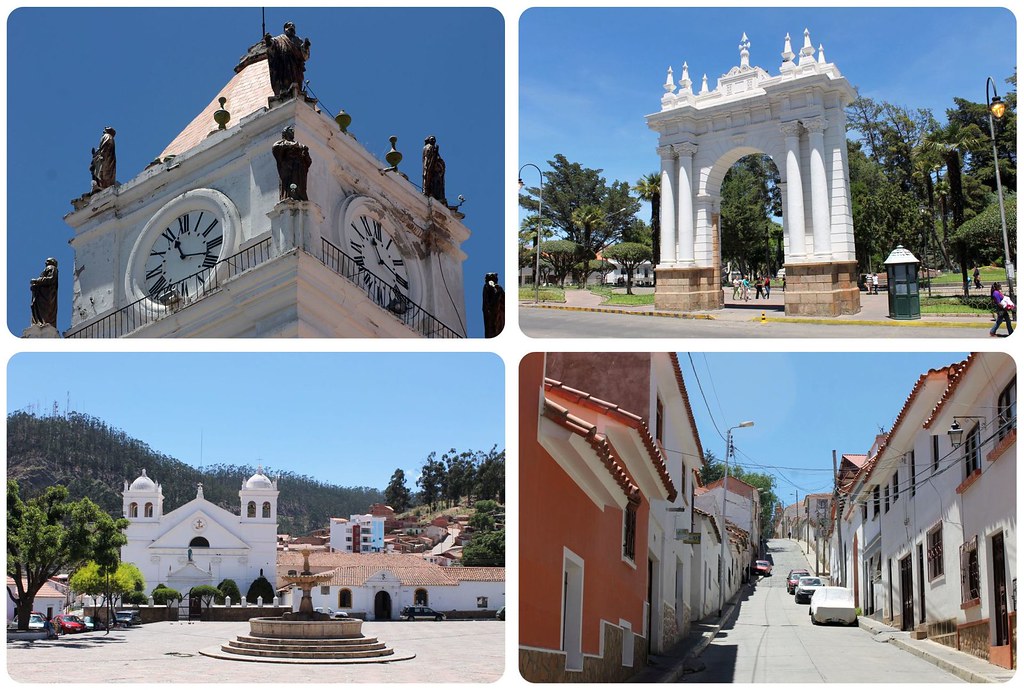
Visit Sucre: Practical Information
Where to eat in Sucre
- El Germen – they have a big vegetarian selection and 20 BOBs (US$2.90) lunch deals
- Condor Cafe (vegetarian) for their 8 BOBs (US$1.16) tucumanas and sometimes the set lunch menus, depending on what they have (25 BOBs/US$3.62)
- Flavour Café (very good Wi-Fi, could even Skype there!) – Great banana yogurt shake and Saturdays all-you-can-eat-and-drink brunches for 40 BOBs ($5.80)
- Abis Café (well working Wi-Fi, best cappuccino in town). They have a second branch right on the main square (Plaza 25 de Mayo)
- Joyride Café has good ‘gringo’ food, and movies upstairs every night. The vegetarian filled potatoes were delicious (and the vegetarian salad).
- El Tapado (good Bolivian food with some excellent vegetarian options, including a yummy quinoa black bean salad)
Where to stay in Sucre
Budget:
- Ajayu Sucre – a lovely guesthouse just a short walk from the historic center. Double rooms are US$15, the spacious deluxe suite is US$20 – excellent value for money
- Casa Los Jazmines – Family-run guesthouse a short walk from the city center. Comfortable beds, a common area, and a fully equipped kitchen. Double rooms from US$16; studio apartments from US$26
- The Beehive Hostel – Small hostel with a homey vibe and great chill-out areas with hammocks in the courtyard. Some rooms have a patio. Spanish classes offered by the hostel. Vegetarian breakfast included in the nightly rate. Dorm bed US$7, private double room US$19
Mid-range:
- Viejo Olivo B&B – small B&B in a rustic Spanish-colonial house. Spacious, airy rooms, large courtyard and garden, rooftop terrace. Double rooms from US$35, breakfast included.
- El Jardin de su Merced – B&B in the south of Sucre, with traditionally furnished rooms and modern bathrooms. Double rooms from US$36, breakfast included.
- Wasi – entire apartment in a beautiful house in the historic center. Fully equipped kitchen, fireplace in the living room. Apartment per night around US$35.
Splurge:
- Hotel Villa Antigua – small hotel in a colonial 1860s mansion, set around a central patio and herb garden. Has a sauna and a gym. Double rooms start at US$74, including breakfast
- Hotel San Felipe – new hotel (built in 2017) with a beautiful rooftop terrace. Room rates include a buffet breakfast. From US$51 per night
- Hotel Boutique La Posada – boutique hotel in a beautifully restored Spanish-colonial mansion with spacious rooms. Double rooms start at US$68, breakfast included

Have you been to Sucre? What were your favorite things about the Ciudad Blanca? Share in the comments below!


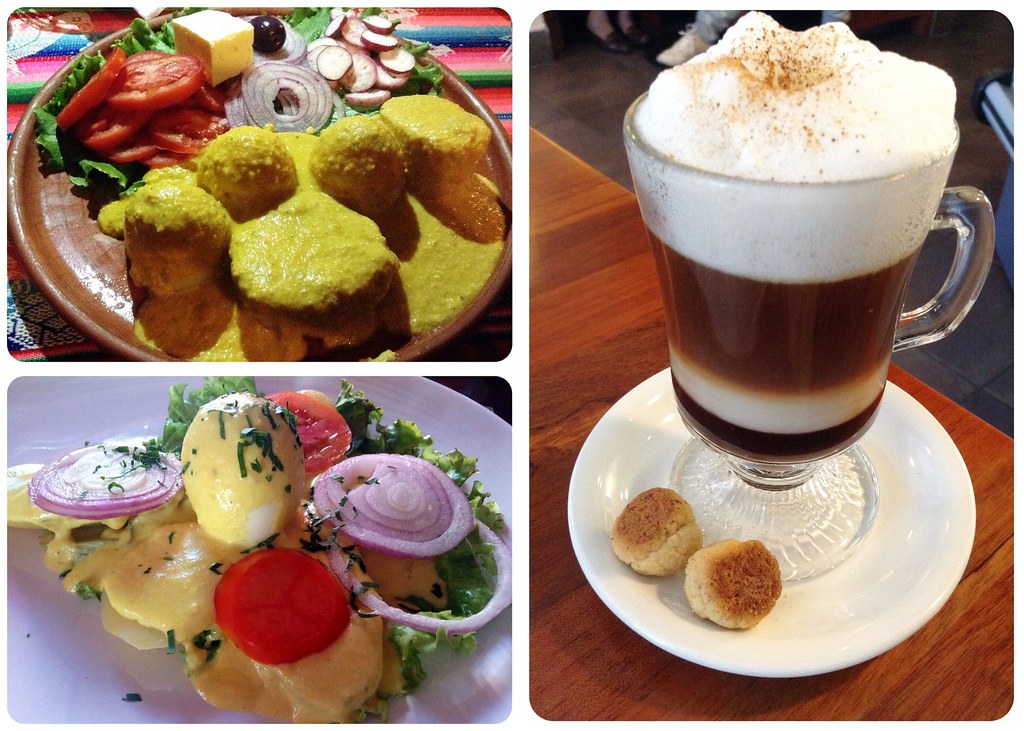



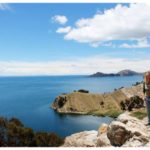
Mathew
Thursday 19th of April 2018
Been to Sucre many times going back again next month. Only got sick once - but this gringo carries drugs from his doctor ... Which fixed me up. Sucre is a nice Town and I can stand the elevation. -- Unlike the salt flats.... the altitude made us all sick.
Alvaro Monrroy
Wednesday 14th of February 2018
I'm from Sucre, I'm sorry you got sick. I own a house here were foreign musicians regulary come and make some artistic projects in the city. The problem of tourist getting sick by the food and water is very common and the doctors take adventage with this. It is a shame. Anyway if anyone wants to come to visit the city we offer a place to stay in the center of town with no cost, just some language sessions (english or german) in echange.
Ajay
Saturday 20th of May 2017
While most of the comments are pretty old here, I just ran across your blog when googling Sucre. Thanks for sharing your experience. From all that I have read thus far, I intend to make it a place for my retirement, unless I find something more exciting and of course affordable. On another note, I have always wondered how people afford their trips for extended periods of time. I am always worried about the earnings. If I do not work, I will not get paid and then how or where will I get my food or money for basic utilities.
Along the shores of Lake Titicaca: Discovering rural Bolivia on a 20km hike | GlobetrotterGirls
Wednesday 17th of December 2014
[…] walk for our five-day trek to Machu Picchu a couple of weeks later. We were both still recovering from sickness and had never hiked at such a high altitude, so we figured it was time to test our fitness […]
Steve
Thursday 15th of May 2014
Really appreciate this newsy and detailed insight into a place I am dying to spend some time in. If I don't get a job pretty soon I've decided to get a place there for 2-3 months to see if it might be a good place to do an early retirement in. That way I could tour around S.A. and still have a stable place to hang my hat. Thanks again for this info....and SO sorry you got sick. That's SUCH a bummer when traveling....happened to me in Paris which cause me to miss a long awaited dinner reservation at the Jules Verne.